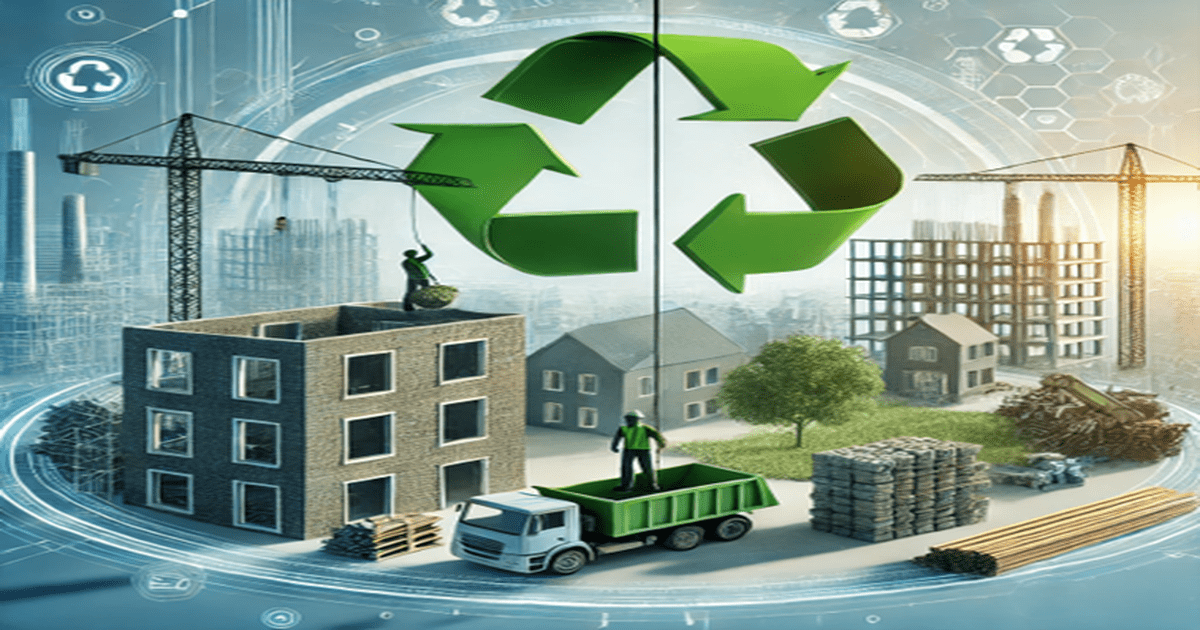Circular Economy in Construction: Innovations, Challenges, and Sustainable Practices
A special issue of Sustainability (ISSN 2071-1050). This special issue belongs to the section "Green Building".
Deadline for manuscript submissions: 31 May 2026 | Viewed by 1848

Special Issue Editors
Interests: low-carbon building materials; circular economy; use of agro-industrial by-products in construction materials
Special Issue Information
Dear Colleagues,
The construction industry is one of the largest global consumers of raw materials and energy, generating significant environmental impacts and waste. In response, the transition to a circular economy (CE) model is essential for reducing resource depletion, minimizing waste, and promoting sustainable and resilient built environments. This Special Issue aims to explore innovative materials, construction techniques, policy frameworks, and business models that contribute to circularity in the construction sector.
This Special Issue will provide an interdisciplinary platform for discussing the latest advancements, challenges, and practical applications of circular economy principles in construction. We welcome contributions that address the following:
- The development and integration of circular materials and bio-based composites in construction;
- Waste valorization strategies and the reuse of demolition materials;
- Digitalization and Industry 4.0 approaches for circular construction;
- Policy, governance, and regulatory frameworks that foster CE adoption;
- Socio-economic and life cycle assessments of circular construction models.
By bridging technical, economic, and policy perspectives, this Special Issue will supplement the existing literature by highlighting how circular economy strategies contribute to sustainability, resilience, and carbon footprint reduction in construction. We invite researchers and practitioners to submit high-quality original research, case studies, and review papers.
Prof. Dr. João Adriano Rossignolo
Dr. Gabriela Pitolli Lyra
Guest Editors
Manuscript Submission Information
Manuscripts should be submitted online at www.mdpi.com by registering and logging in to this website. Once you are registered, click here to go to the submission form. Manuscripts can be submitted until the deadline. All submissions that pass pre-check are peer-reviewed. Accepted papers will be published continuously in the journal (as soon as accepted) and will be listed together on the special issue website. Research articles, review articles as well as short communications are invited. For planned papers, a title and short abstract (about 100 words) can be sent to the Editorial Office for announcement on this website.
Submitted manuscripts should not have been published previously, nor be under consideration for publication elsewhere (except conference proceedings papers). All manuscripts are thoroughly refereed through a single-blind peer-review process. A guide for authors and other relevant information for submission of manuscripts is available on the Instructions for Authors page. Sustainability is an international peer-reviewed open access semimonthly journal published by MDPI.
Please visit the Instructions for Authors page before submitting a manuscript. The Article Processing Charge (APC) for publication in this open access journal is 2400 CHF (Swiss Francs). Submitted papers should be well formatted and use good English. Authors may use MDPI's English editing service prior to publication or during author revisions.
Keywords
- circular economy in construction
- sustainable building materials
- waste valorization in construction
- construction and demolition waste (CDW) management
- bio-based and recycled materials
- life cycle assessment (LCA) in construction
- digitalization and Industry 4.0 in circular construction
- regenerative and Net-Zero buildings
- policy and governance for circular construction
- carbon footprint reduction in the built environment
Benefits of Publishing in a Special Issue
- Ease of navigation: Grouping papers by topic helps scholars navigate broad scope journals more efficiently.
- Greater discoverability: Special Issues support the reach and impact of scientific research. Articles in Special Issues are more discoverable and cited more frequently.
- Expansion of research network: Special Issues facilitate connections among authors, fostering scientific collaborations.
- External promotion: Articles in Special Issues are often promoted through the journal's social media, increasing their visibility.
- Reprint: MDPI Books provides the opportunity to republish successful Special Issues in book format, both online and in print.
Further information on MDPI's Special Issue policies can be found here.






